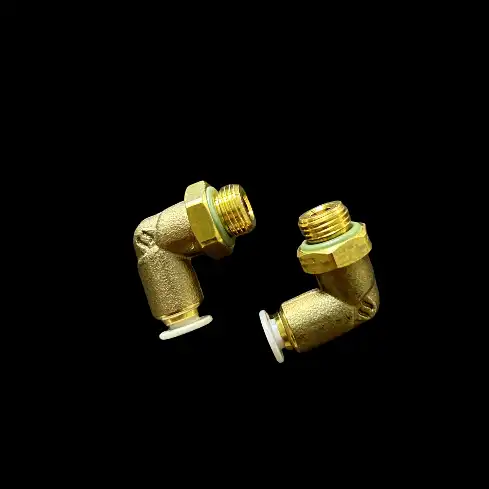Coffee machine pump pressure
2024-10-11 14:33:35
When it comes to making the perfect espresso shot or cup of coffee, coffee machine pump in your coffee maker is a crucial factor. It assumes a critical part in removing the flavors and fragrances from coffee beans, eventually influencing the taste and nature of your brew. Understanding how siphon pressure functions in various kinds of espresso machines can assist you with pursuing better decisions while choosing a machine and further develop your espresso making abilities. Let's investigate the impact of pump pressure on various brewing techniques in the world of coffee machines.
Espresso Machines
The use of high pump pressure in the brewing process is perhaps best known in espresso machines. While some machines can produce up to 15 bars or more, the typical pressure for espresso extraction is around 9 bars. This high tension is fundamental for making the rich, concentrated shot of coffee with its trademark crema on top.
In coffee machine pump, the siphon powers boiling water through finely ground espresso at high tension. The extraction procedure typically takes between 25 and 30 seconds. Because of the high pressure, coffee oils and flavors can be quickly extracted, giving espresso its distinctive intense and complex flavor profile.
In espresso machines, there are two main types of pumps:
- Pumps that vibrate: These are more normal in home coffee machines. Pressure is created by electromagnetic vibration. They may not maintain pressure as consistently as rotary pumps, despite their ability to generate high pressure.
- Rotating pumps: Rotary pumps, which are typically found in commercial espresso machines, offer pressure that is more consistent and is typically quieter. They're more costly however will generally have a more extended life expectancy.
Some top of the coffee machine pump currently offer strain profiling, permitting clients to change the tension all through the extraction interaction. This feature has the potential to improve certain espresso flavor characteristics and assist in fine-tuning the extraction process.
It's actually important that while 9 bars is the norm, some contend that lower pressures, around 6-8 bars, can create brilliant outcomes, particularly with lighter dishes. In espresso brewing, this demonstrates the significance of experimentation and personal preference.
Drip Coffee Machines
Unlike espresso machines, traditional drip coffee makers don't rely on high pressure for brewing. Instead, they use gravity and a small pump to move hot water from the reservoir to the brew basket containing the ground coffee.
The coffee machine pump maker typically operates at much lower pressures, usually less than 1 bar. Its primary function is to move water rather than to create pressure for extraction. The brewing process in a drip machine is much slower compared to espresso, usually taking several minutes to complete.
However, some advanced drip coffee makers incorporate elements of pressure brewing to enhance extraction. For example:
- Pre-infusion: Some machines have a pre-infusion stage where a small amount of water is pumped onto the coffee grounds at low pressure before the main brew cycle. This helps to evenly saturate the grounds and can lead to more uniform extraction.
- Pulsed brewing: More sophisticated drip machines may use a pulsing pump action during brewing. This can help maintain optimal temperature and improve extraction by mimicking the pour-over method.
- Pressure-assisted drip: A few high-end drip machines use slightly higher pressure (still well below espresso levels) to enhance extraction. This can result in a richer, more full-bodied cup of coffee compared to traditional drip brewing.
While these features can improve the quality of drip coffee, the pressure involved is still much lower than in espresso machines. The focus in drip brewing is more on even saturation and maintaining optimal temperature throughout the brew cycle.
Coffee Machine Pump Pressure: Low Pressure
Low-pressure brewing methods have gained popularity in recent years, offering a middle ground between traditional drip coffee and high-pressure espresso. These methods typically use pressures ranging from 1 to 3 bars.
One of the most well-known low-pressure brewing devices is the Moka pot, which uses steam pressure to force water through coffee grounds. The pressure in a Moka pot typically reaches about 1.5 bars. This results in a strong, concentrated coffee that's often described as being between drip coffee and espresso in strength and flavor profile.
Another example of low-pressure brewing is the AeroPress, a manual coffee maker that uses air pressure created by pushing a plunger. The coffee machine pump generated is typically around 0.35 to 0.75 bars. Despite the relatively low pressure, the AeroPress can produce a clean, full-bodied coffee with some similarities to espresso.
Some automatic coffee machines also utilize low-pressure brewing systems. For instance, certain pod-based machines use pressures around 2-3 bars. This allows for quick extraction while producing a drink that's stronger than drip coffee but not as intense as espresso.
The advantages of low-pressure brewing include:
- Versatility: Low-pressure methods can often produce a range of coffee styles, from light and delicate to rich and full-bodied.
- Reduced bitterness: Lower pressure can result in less extraction of bitter compounds, potentially leading to a smoother cup of coffee.
- Forgiveness: Low-pressure methods are often more forgiving of grind size variations compared to high-pressure espresso brewing.
- Portability: Many low-pressure brewing devices are compact and don't require electricity, making them popular for travel or outdoor use.
While low-pressure brewing may not produce true espresso, it offers a unique approach to coffee machine pump that can yield delicious results. As with all brewing methods, the key is to experiment and find what works best for your taste preferences.
Coffee Machine Pump Supplier
When it comes to selecting a coffee machine pump, it's crucial to choose a reliable supplier who can provide high-quality components. One such supplier is Topping Motor, which offers a range of coffee machine pumps to suit various needs.
Topping Motor's products are available with DC voltages of 12V, 24V, or a customizable range of 6-36V. This flexibility allows for integration into a wide variety of coffee machine designs. They also offer customized parts to meet specific requirements, which can be particularly useful for manufacturers developing unique or specialized coffee machines.
For those in the process of selecting a coffee machine pump manufacturer, Topping Motor welcomes inquiries at sales@huan-tai.orgThey can provide detailed information about their products and assist in determining which pump is best suited for your specific coffee machine design or application.
References:
1. Illy, A., & Viani, R. (2005). Espresso coffee: the science of quality. Academic Press.
2. Petracco, M. (2005). Our everyday cup of coffee: The chemistry behind its magic. Journal of Chemical Education, 82(8), 1161.
3. Andueza, S., Maeztu, L., Pascual, L., Ibáñez, C., de Peña, M. P., & Cid, C. (2003). Influence of extraction temperature on the final quality of espresso coffee. Journal of the Science of Food and Agriculture, 83(3), 240-248.
4. Rao, S. (2008). Everything but espresso: Professional coffee brewing techniques. Scott Rao.
5. Navarini, L., Nobile, E., Pinto, F., Scheri, A., & Suggi-Liverani, F. (2009). Experimental investigation of steam pressure coffee extraction in a stove-top coffee maker. Applied Thermal Engineering, 29(5-6), 998-1004.
Send Inquiry
Related Industry Knowledge
- Vending Machine Cup Dispenser Mechanism
- What Are the Benefits of Dual Boiler Coffee Machines?
- What is the specific working process of the Control Board For Vending Machine?
- How Do Dispensing Components Impact the Speed of Service in Vending Machines?
- How Do Cup Dispenser Designs Impact User Convenience?
- Vending Machine Spiral Motor Types
- Is there a difference between a coffee grinder and an espresso grinder?
- How to Clean Coffee Grinder Motor?
- Is it necessary to have a Coffee Vending Machine Ingredient Canisters?
- What Is a Coffee Bean Hopper?

.webp)
.webp)
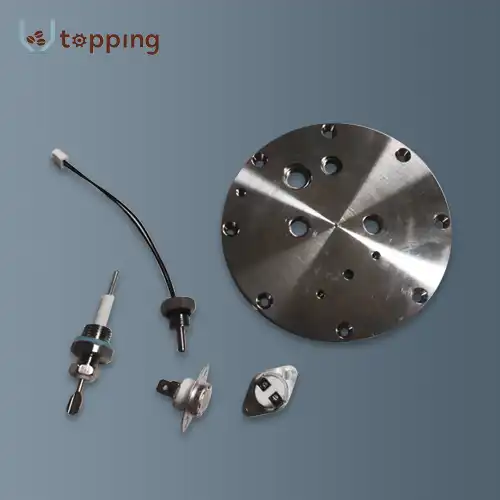
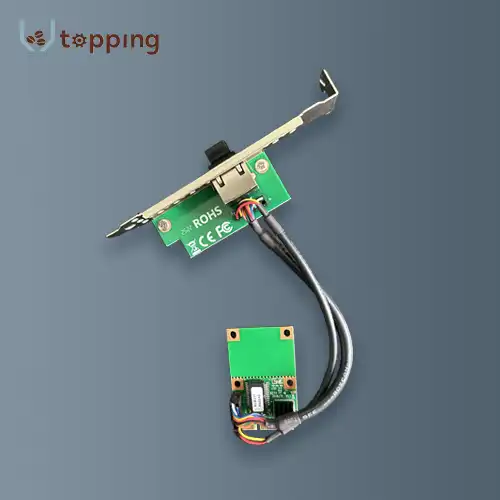
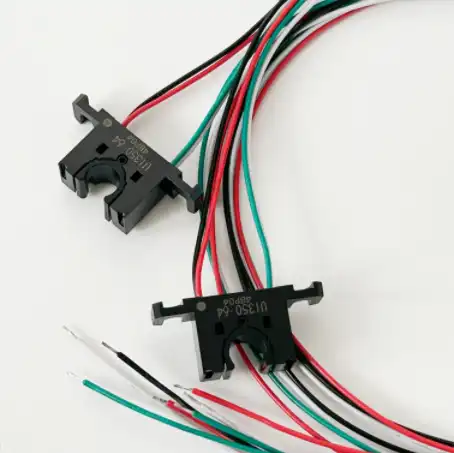
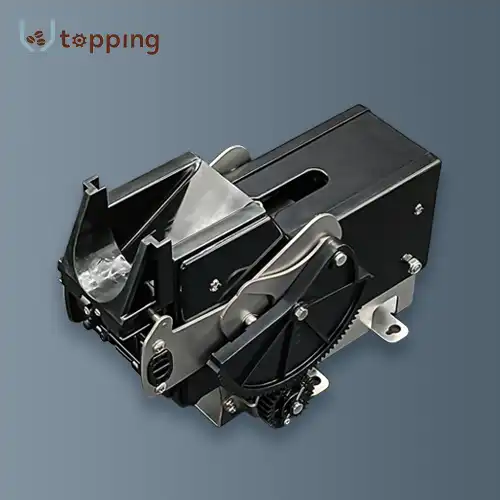
.webp)
